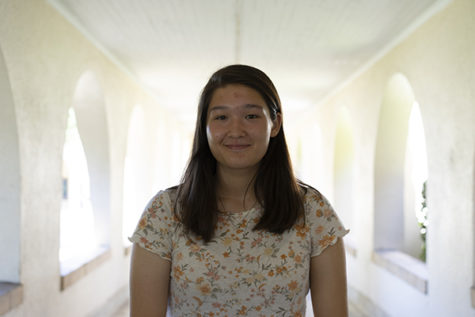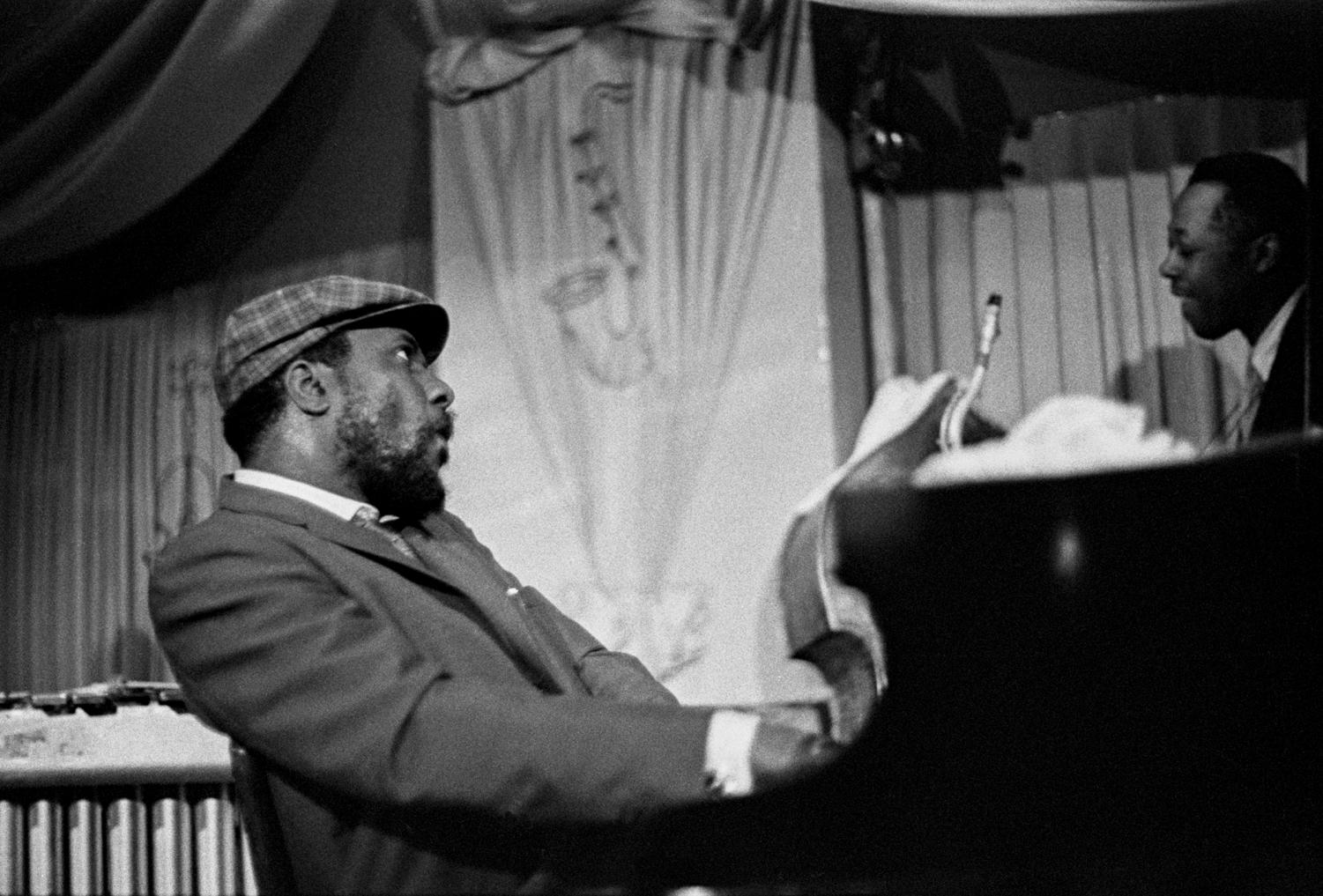
2018-2019 - Staff Writer
2019-2020 - Managing Editor
2020-2021 - Editor-in-Chief
Hear more about me!


Thelonious Monk’s Palo Alto performance is released half a century after its recording
October 23, 2020
It may be hard to fathom that the Paly Haymarket Theater, notorious amongst students and staff for its worn seats and poor acoustics, once hosted one of the best jazz musicians this country has ever seen. Thelonious Monk, jazz pianist extraordinaire, performed back in 1968 and a recording of the event was produced and released mid-September. The album, entitled “Palo Alto,” was recorded by a janitor and left in the hands of 1969 Paly alumnus Danny Scher, who was instrumental in bringing Monk to campus.
Now, over half a century later, this album is bringing renewed interest to an artist who died nearly 40 years ago, not to mention a fun sense of community and unity in a time when it’s sorely needed.
“For the last six months, with everything going on in society, every time you pick up a newspaper, it is just bad news,” Scher said. “This is good news at a time when we really need it, and it happened in 1968. We had equal amounts of bad news at the time, and this is an example of music being able to bring people together.”
At the time, tensions between East Palo Alto and Palo Alto were strained to stay the least. Palo Altans pushed to maintain their predominantly white community and some EPA residents campaigned to rename the city “Nairobi,” after the capital of Kenya which had gained its independence 5 years prior.
Because of the contentious dynamic, 16-year-old Scher was discouraged by police and locals from promoting his concert in EPA. But tickets were not selling and he needed to get enough money to pay Thelonious Monk. “Wherever I saw a ‘Vote Yes on Nairobi’ poster, I put up a ‘Thelonious Monk is coming to Paly’ poster,” Scher said.
Unsurprisingly, people had a hard time believing such a renowned jazz musician would show up to a local concert run by a high school student. “When people didn’t believe me, I would tell them, ‘Don’t believe it, just come and when you see him, buy a ticket,’” Scher said.
Sure enough, on Sunday, Oct. 27, 1968, as the Vietnam War raged and tensions boiled across the country, people from both East Palo Alto and Palo Alto patiently waited to see if Thelonious Monk would show up. And despite the cities’ conflicts, the event helped bring them together. “There was no tension at all,” Scher said. “People were just in a joyous kind of mood hoping Monk would show up.”
It wasn’t all smooth jazz, however. Scher waited nervously as the crowd grew larger by the minute, hoping that the previous miscommunications with Monk had all been sorted out. When Scher’s older brother’s car pulled around the corner, a stand-up bass sticking out of an open window, Scher let out a sigh of relief knowing that all his efforts had paid off and the concert was going to happen.
Not only were many community members surprised to see Thelonious arrive, they were delighted with a performance of a lifetime.
“These were songs that he played every night, you expected to hear these songs, but the way he played them was totally different from any other way he had played them before,” Scher said. “By playing at a high school for a totally different audience, he could play things differently. And musically, all of the musicians rose to the occasion.”
Paly was the only high school Thelonious Monk ever performed at in the entirety of his career, and it would have been lost if a janitor had not recorded the event and left the tape in the hands of Scher.
While he always knew he had the recording, Scher didn’t bring the tape to Thelonious’ son, T.S. Monk, until 15 years ago. But Thelonious Monk’s frequent public performances meant that the tape wasn’t anything out of the ordinary. “People were always approaching me with tapes, so I just sort of listened to what he had to say about this tape and filed it away,” T.S. Monk told C Magazine in September.
But Scher was determined to prove that his recording was different from all the rest and reapproached Monk in 2017 to discuss a contract more seriously, at which point T.S. Monk knew the record would be a huge success. They signed a deal on what would have been Thelonious Monk’s 100th birthday.
“The backstory of this album is so compelling and when you combine it with such a great recording, you have something that a lot of people are going to want because it really is a little slice of Americana,” T.S. Monk said.
The powerful riffs and solos Thelonious Monk performed alongside Ben Riley, Charlie Rouse and Larry Gales caught the group on a musical and emotional high.
“Occasionally, a live album comes along that really catches the artist in all their glory,” T.S. Monk said. “And that’s what this Palo Alto recording did, it caught Thelonious Monk on an extraordinarily good day where he was feeling really, really good.”
Initially, T.S. Monk approached this recording like he did any other, with the mind of a producer. He focused on the rhythms, harmonics and sound quality, all to determine if the audio was worth working with. But despite the objective approach he took when producing his father’s recovered music, the “Palo Alto” soundtrack inspired an emotional response.
“When I was listening to it in the studio as we were preparing it for the digital release, when I listened to my father’s rendition of ‘Don’t Blame Me’ it made me cry,” T.S. Monk said. “He sounded so fabulous and so himself, it made me miss him.”
The value of the album has been recognized not only by T.S. Monk, but by the entire jazz and music industry.
“Ten years ago, we restored another fantastic recording, called ‘Thelonious Monk with John Coltrane Live at Carnegie Hall,’” T.S. Monk said. “Today, that is the second biggest selling record in the history of jazz and I’m looking for this one to be the third or even better.”

2018-2019 - Staff Writer
2019-2020 - Managing Editor
2020-2021 - Editor-in-Chief
Hear more about me!